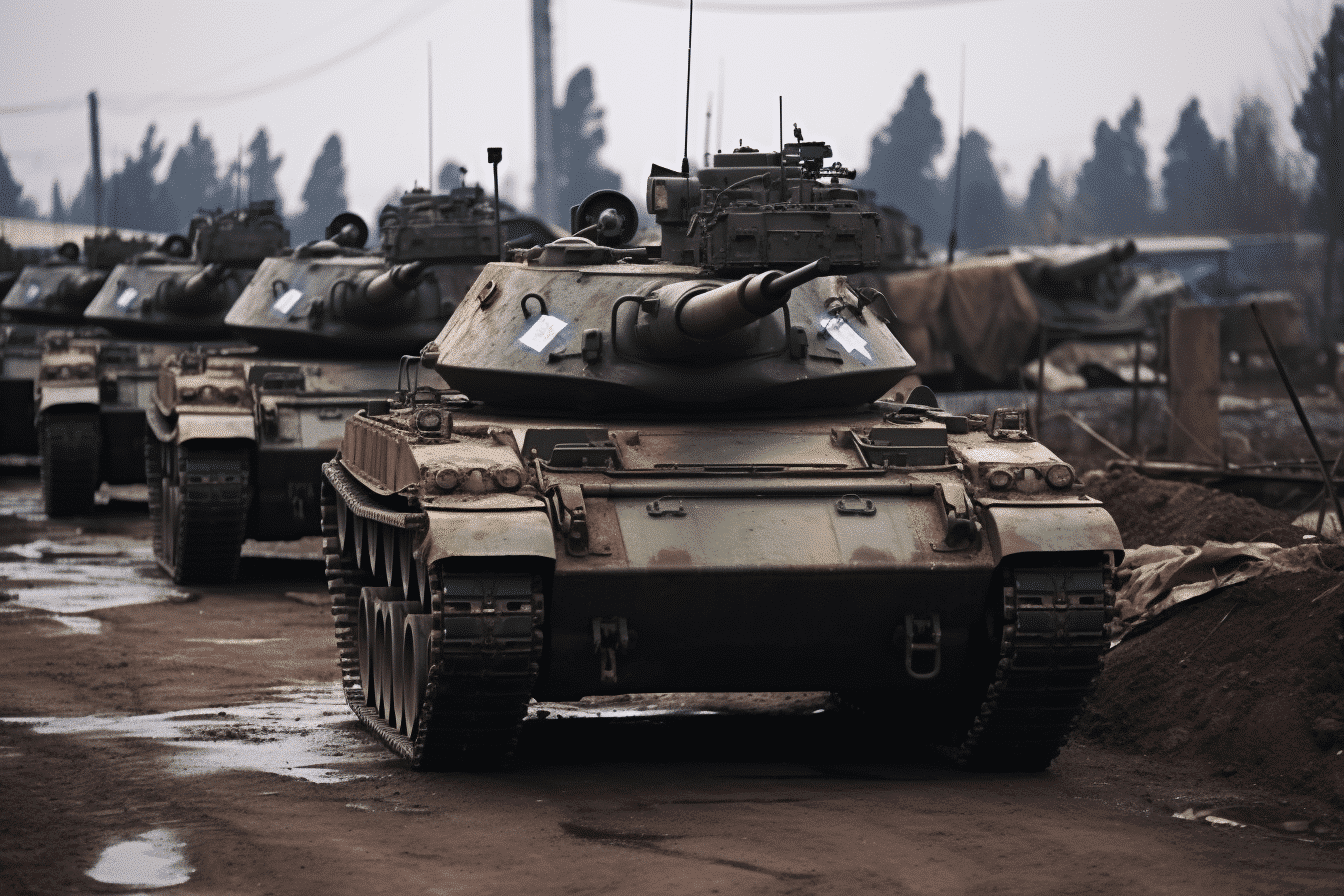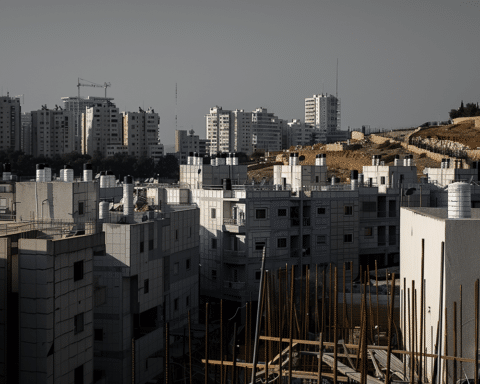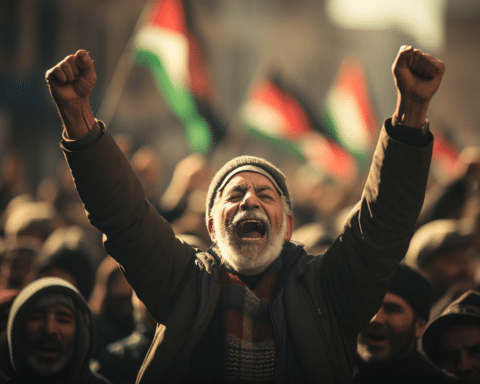Unseen Aggression: The West Bank Under Siege
As the international community fixates on the Gaza Strip, a shadow war escalates in the occupied West Bank. Here, Palestinians face a different kind of war—a war characterized by overnight raids, curfews, detentions, and violence that has taken a deadly turn.
“Our lives are hell,” declares West Bank farmer Sabri Boum, his voice heavy with despair. His windows, now shielded with metal grills, are a testament to his fear of settler attacks—a fear shared by many Palestinians in the region.
The violence has reached alarming levels, with United Nations reports indicating a surge in settler aggression. This has led to the loss of lives, livelihoods, and heritage as olive trees passed down through generations are destroyed. The Israeli military maintains that it seeks to defuse conflicts, yet its response to settler violence seems to contradict this claim.
Amidst the chaos, U.S. President Biden’s condemnations of settler violence stand in stark contrast to the absence of accountability on the ground. This disconnect between words and actions fuels the cycle of aggression, leaving Palestinians in a state of heightened vulnerability.
Now, as the West Bank endures the deadliest year in over two decades, the distinction between settlers and soldiers grows ever more ambiguous. With reservists from the settler population called to duty, the line between protector and aggressor blurs, amplifying the tensions and the sense of impunity among settlers.
In Hebron, the impact of the war is palpable, with stringent curfews paralyzing daily life. The Israeli military’s silence on these curfews speaks volumes about the grim reality faced by Palestinians—trapped and taunted within their own homes.
The war has also led to a troubling trend of settler raids. Palestinians recount the horror of settlers storming their villages, an ordeal that leaves death and destruction in its wake. And in the village of Qusra, the aftermath of a settler raid is a painful memory, with losses that extend beyond the immediate violence.
As the West Bank’s commercial hub, Hawara, now stands desolate, the economic ramifications of the conflict are clear. Restrictions on movement have fragmented the region, with checkpoints turning once-bustling areas into isolated ghettos.
The olive harvest, a cornerstone of Palestinian culture and economy, has been marred by violence and restrictions. Settlers and soldiers prevent farmers from tending to their groves, severing a vital economic and cultural lifeline.
Finally, the plight of the Bedouin hamlet of Wadi al-Seeq epitomizes the extreme measures faced by Palestinians. The violent evacuation of its residents illustrates the broader strategy of land claims and settlement expansion, pushing the dream of a Palestinian state further out of reach.
As the world’s gaze remains locked on Gaza, the West Bank’s war continues unabated. Palestinians like Sabri Boum and Mohammed Matar, scarred by the violence, cling to the hope for a semblance of justice—a hope that remains elusive in the shadow of a conflict that shows no sign of abating.
The West Bank’s unseen war is a complex and multifaceted conflict that requires urgent attention. Beyond the headlines of Gaza’s strife, the West Bank’s Palestinian population endures a relentless assault on their rights, homes, and heritage. The international community must recognize this crisis and take decisive steps to ensure accountability and protect the vulnerable. As Sabri Boum’s fortified windows suggest, peace and safety remain distant dreams for many Palestinians caught in the crossfire of a war that extends far beyond Gaza’s borders.




